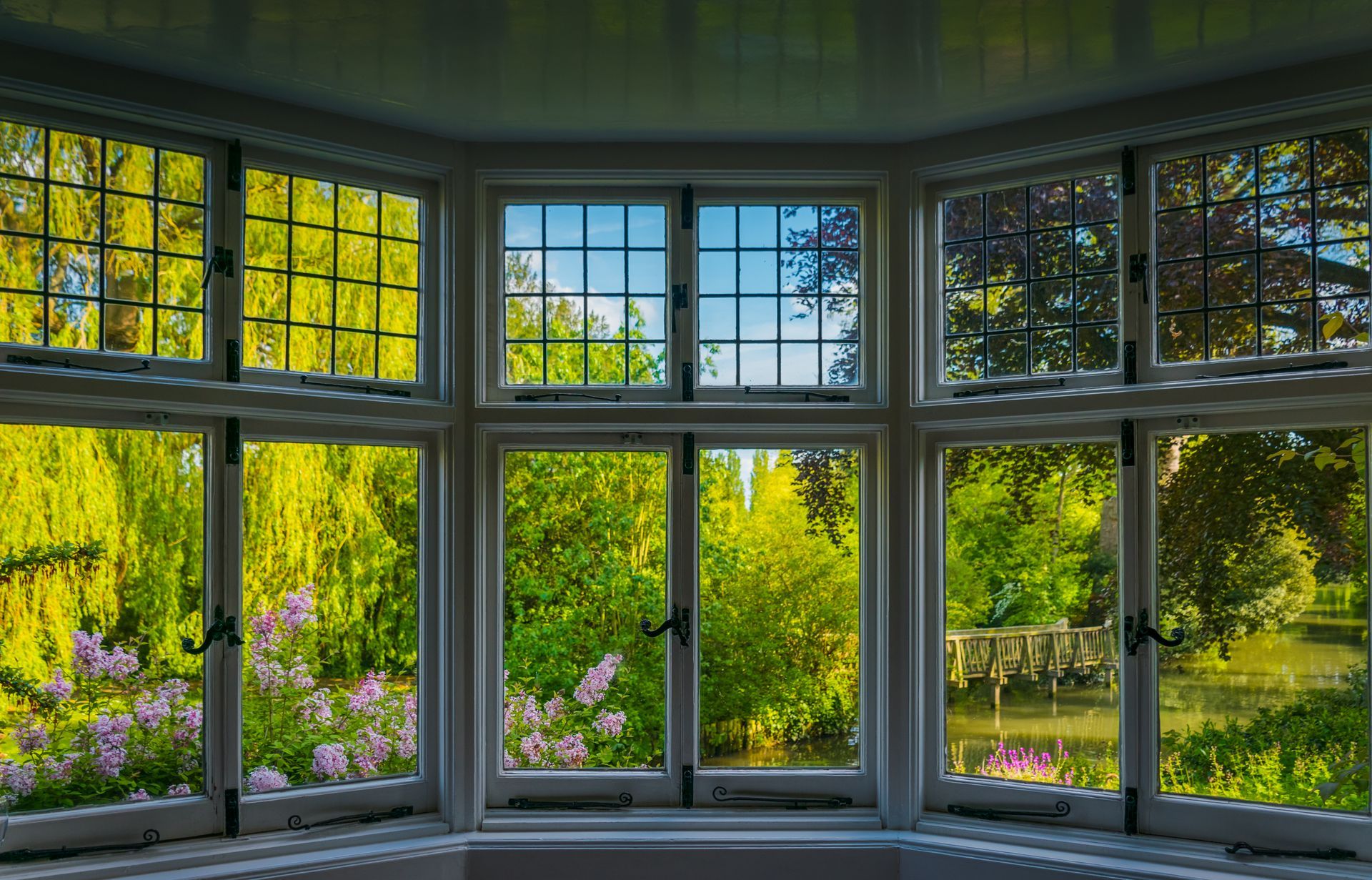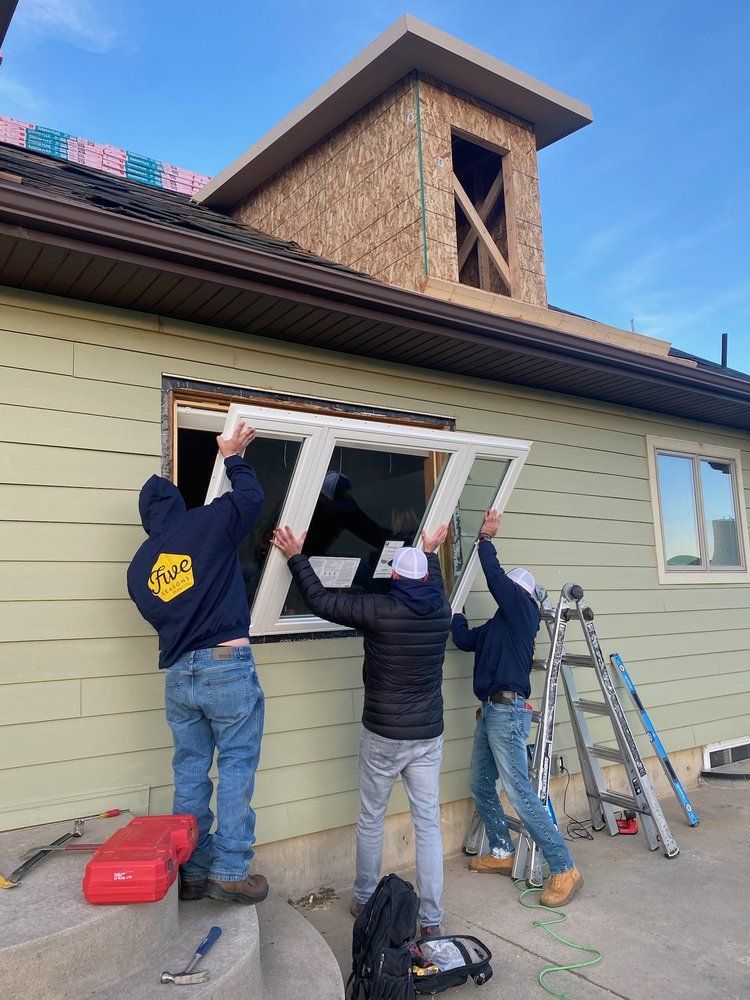Vinyl and fiberglass offer the best long-term value for most Colorado homes due to their durability, low maintenance needs, and ability to withstand extreme weather conditions. Their combination of energy efficiency and long lifespan makes them ideal choices for homeowners seeking cost-effective performance over time. Studies have shown that high-performance fiberglass and insulated vinyl windows can reduce annual heating and cooling costs by 10–20%, particularly in climates with wide seasonal temperature shifts like Colorado.
The best window material for long-term value depends on where you live—and in Colorado, conditions are anything but ordinary. With high-altitude UV exposure, dry air, and big temperature swings, materials are tested more than in most climates. In terms of performance, maintenance, energy savings, and lifespan, vinyl and fiberglass consistently come out on top for Colorado homeowners.
This guide explores what "long-term value" really means in windows, and how each material holds up over time in Colorado’s demanding environment.
What Defines Long-Term Value in Windows?
When homeowners think about value, they often focus on upfront price. But true long-term value includes several key factors:
Initial Cost vs. Total Ownership Cost
It’s not just what you pay today—it’s what you save or spend over the next 20 to 30 years. Materials that cost more upfront but require fewer repairs or replacements often deliver better value.
Energy Efficiency and Utility Savings
High-efficiency frames and insulated glass reduce heating and cooling costs year-round, especially at Colorado’s elevation.
Maintenance Demands Over Time
Some materials need scraping, sealing, or painting. Others only need a seasonal rinse.
Lifespan and Replacement Frequency
How long the windows last without warping, cracking, or failing seals plays a major role in long-term value.
Impact on Resale and Aesthetics
Some materials boost curb appeal and signal quality to buyers. Others may be seen as dated or cheap.

Comparing the Top Window Materials
Vinyl
For a deeper look at how vinyl performs over time in Colorado’s weather, check out our guide on vinyl window durability.
● Initial Cost: Low
● Maintenance: Very low
● Efficiency: High, with multi-chambered frames and insulated glass
● Lifespan: 20–30 years
● Best for: Homeowners who want affordability without sacrificing performance
Wood
● Initial Cost: High
● Maintenance: High (requires sealing, painting, or staining)
● Efficiency: Excellent insulator, especially when paired with modern glass
● Lifespan: 20–35 years (with maintenance)
● Best for: Historic homes or high-end aesthetics
Fiberglass
● Initial Cost: Mid to high
● Maintenance: Low
● Efficiency: Excellent—stable in heat and cold, with minimal expansion
● Lifespan: 25–40 years
● Best for: Homeowners who want premium durability and low upkeep
Aluminum
● Initial Cost: Medium
● Maintenance: Medium
● Efficiency: Poor without thermal breaks (high heat transfer)
● Lifespan: 15–25 years
● Best for: Modern commercial-style homes or warm climates
Real Cost Breakdown Over 30 Years
To truly understand long-term value, it helps to look at what each material may cost you over a few decades—not just at the point of sale.
| Material | Avg. Initial Cost | Est. Maintenance (30 yrs) |
Likely Replacement Cost | Total 30-Year Cost Range |
|---|---|---|---|---|
| Vinyl | Low | Very low | None to low | $$ |
| Wood | High | High | Medium | $$$$ |
| Fiberglass | Medium-High | Very low | None | $$$ |
| Aluminum | Medium | Medium | Medium | $$$ |
Vinyl and fiberglass typically win in long-term affordability. Wood carries the highest upkeep cost, while aluminum may need earlier replacement.
Environmental Impact and Sustainability
Long-term value isn’t just financial—it includes sustainability:
● Vinyl: Often recyclable, but made from PVC; low maintenance = fewer resources used over time.
● Fiberglass: Very long lifespan reduces material turnover; often made from recycled glass.
● Wood: Renewable but requires paints, stains, and treatments that can be harsh on the environment.
● Aluminum: Highly recyclable, but energy-intensive to produce and poor insulator unless enhanced.
Fiberglass and wood generally rate highest in sustainability when managed properly. Vinyl wins for minimal upkeep, and aluminum is only eco-friendly if thermally broken and properly recycled.
What Do Most Colorado Homeowners Choose?
Based on market trends and what we see every day, most Colorado homeowners choose vinyl for its affordability and low-maintenance appeal. Fiberglass is rising in popularity among those who want a step above in durability and energy performance, especially in custom homes or high-wind zones.
Wood is often selected for homes in historic districts or luxury builds where appearance trumps upkeep. Aluminum, while available, is rarely the first pick due to its insulation limits in this climate.
Installation Quality and Its Role in Long-Term Value
Even the best materials can underperform if installed incorrectly. Poor insulation, off-level framing, or weak seals can all shorten a window’s lifespan—regardless of material.
That’s why we emphasize professional installation with every project. Windows that are leveled, insulated, and sealed properly will maximize energy efficiency, prevent leaks, and extend the total life of your investment.
Colorado’s Climate: How It Affects Value
At over 6,000 feet above sea level, Colorado brings:
● Increased UV exposure that fades and degrades materials
● Wide temperature swings that expand and contract frames daily
● Dry air that can cause shrinkage and seal failure
● Snow, wind, and hail that test exterior durability
Vinyl and fiberglass tend to perform best in these conditions. Wood can last, but it requires regular care. Aluminum struggles with heat transfer and condensation.
Which Material Makes the Most Sense in Colorado?
Choosing the right window material depends on your goals, budget, and the specific demands of your location. In Colorado’s unique climate, performance under pressure—literally—matters as much as style. Here’s a breakdown of what makes sense:
● Vinyl: A top choice for most Colorado homeowners. Great insulation, low maintenance, and high durability at an affordable price.
● Fiberglass: Ideal for those who want top-tier strength, weather stability, and longevity.
● Wood: Valuable in specific cases like historic homes or high-end remodels where aesthetics take priority.
● Aluminum: Generally not the best long-term value in Colorado unless aesthetics or architectural design demand it.
People Also Ask About Window Material Value in Colorado
What are the best windows for resale value?
Fiberglass and well-installed vinyl windows are often viewed as value boosters, especially when combined with energy-efficient glass packages.
Are wood windows still a good investment?
Yes, for homes where historic authenticity or luxury aesthetics are priorities. But be prepared for ongoing maintenance to protect their value.
What is the most durable window frame material?
Fiberglass stands out for its structural strength and resistance to extreme weather. It doesn't warp, swell, or contract with temperature swings the way other materials can, making it especially reliable in Colorado’s climate.
Which window material has the lowest maintenance?
Vinyl windows are the easiest to maintain. They don’t require painting, staining, or sealing—just an occasional rinse with soap and water to stay looking sharp and functioning well.
Do vinyl windows increase home value?
Yes—vinyl windows are associated with energy efficiency, reduced upkeep, and modern home features. When professionally installed, they often make homes more attractive to buyers seeking turn-key performance.
Is fiberglass worth the extra cost over vinyl?
For many homeowners, yes. While it costs more upfront, fiberglass can last longer, provide stronger weather resistance, and require less expansion and contraction than vinyl—ideal for high-altitude climates.
How long do different window types last in Colorado?
● Vinyl: 20–30 years with minimal upkeep
● Fiberglass: 25–40 years with strong climate performance
● Wood: 20–35 years, but requires regular maintenance
●
Aluminum: 15–25 years, typically with higher heat transfer and condensation risks

Our Take: Balancing Cost, Performance, and Longevity
At Five Seasons Windows and Doors, we help homeowners choose the right balance of durability, aesthetics, and return on investment. For most, that means vinyl or fiberglass. These materials offer strong insulation, lower long-term costs, and minimal upkeep.
We work closely with you to recommend what fits your home, your climate, and your budget—without cutting corners.
Conclusion: Choose Long-Term Value That Matches Your Home
There’s no one-size-fits-all answer, but for most Colorado homes, vinyl and fiberglass provide the best combination of performance and value. Think beyond the sticker price and consider what will last, perform, and protect your home year after year.
Get Started Today
Five Seasons Windows & Doors is Colorado’s top-rated local window company with 230+ 5-star reviews. We offer expert advice, no-pressure quotes, and flexible project options — including phased installs. Schedule your consult today.



